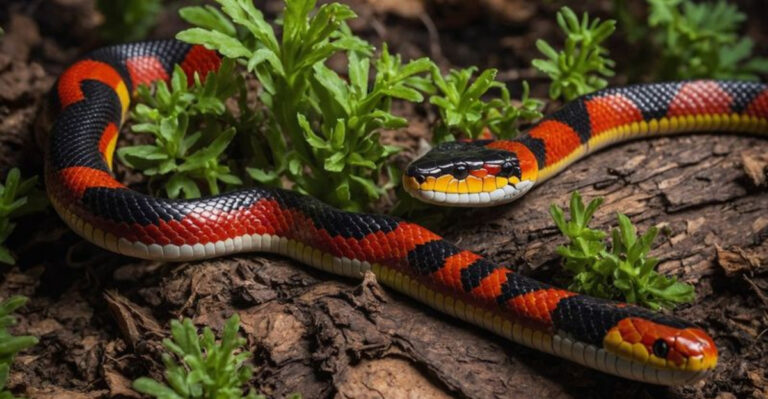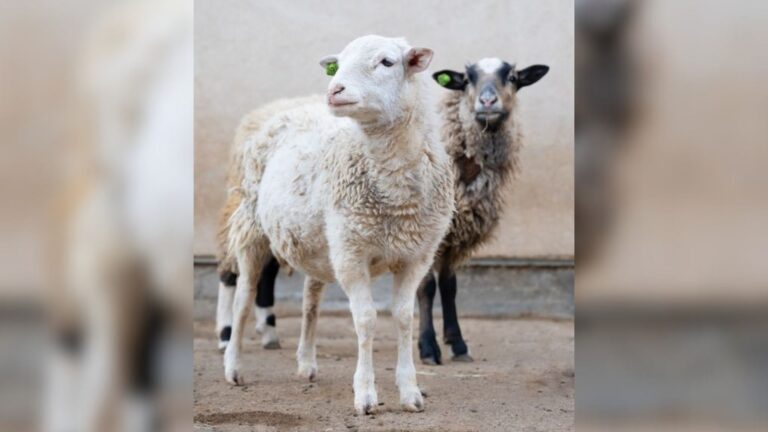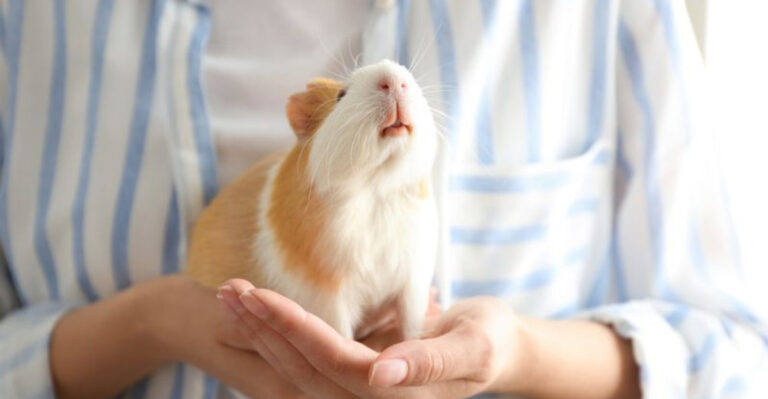15 Grocery Store Foods That Turn Your Yard Into A Bird Paradise
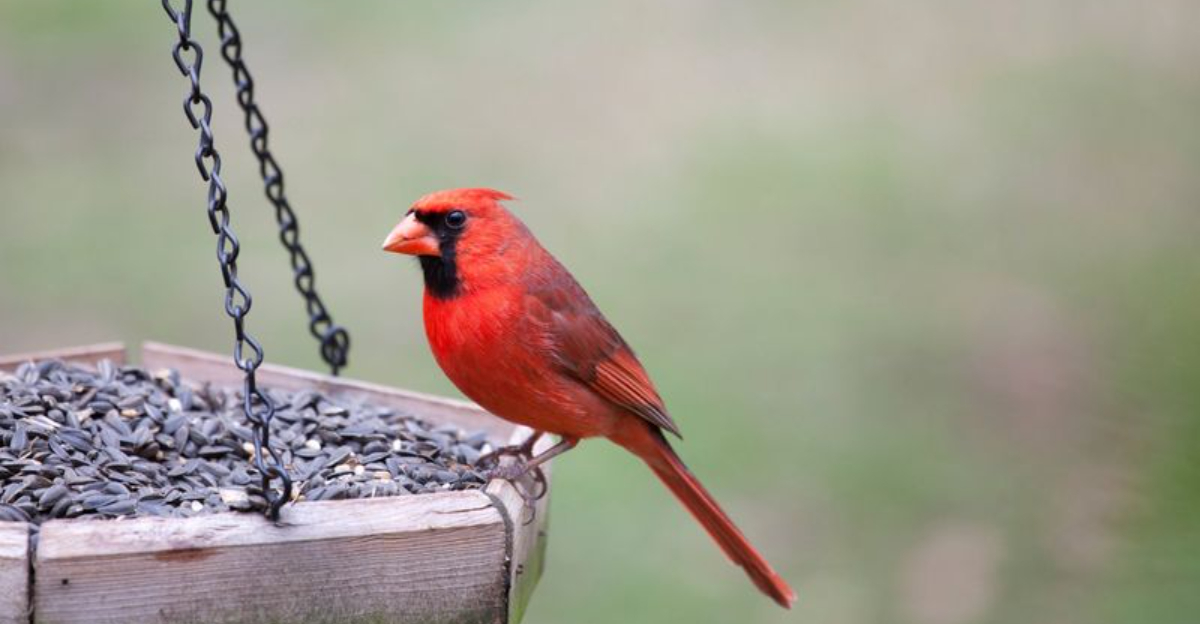
Birds bring life, color, and natural pest control to any backyard. With just a few simple items from your regular grocery run, you can transform your yard into a bustling bird sanctuary without spending a fortune on specialized feeds.
These everyday foods will have feathered friends flocking to your outdoor space year-round.
1. Sunflower Seeds: The Ultimate Bird Magnet
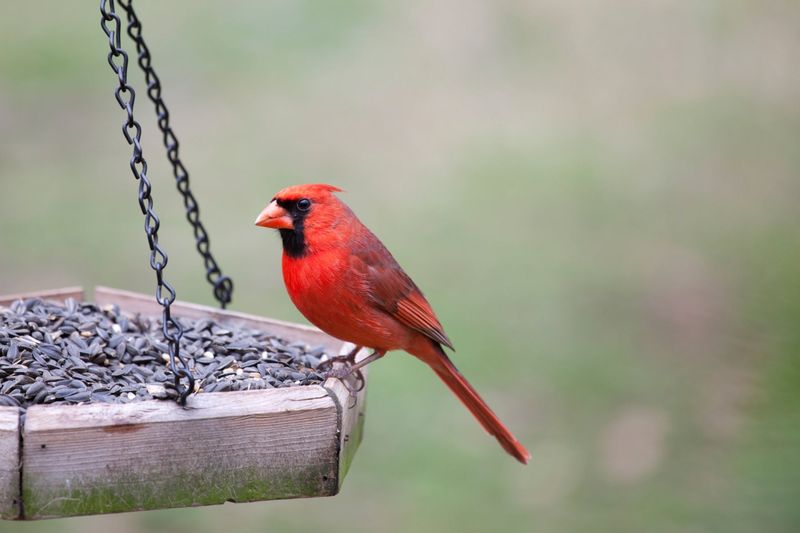
Raw, unsalted sunflower seeds attract an impressive variety of backyard birds. Cardinals, chickadees, and finches can’t resist these nutritious morsels.
Simply scatter them on platform feeders or mix with other offerings. The high fat content provides essential energy, especially during colder months when birds need extra calories to maintain body heat.
2. Peanut Butter: Creamy Energy Source
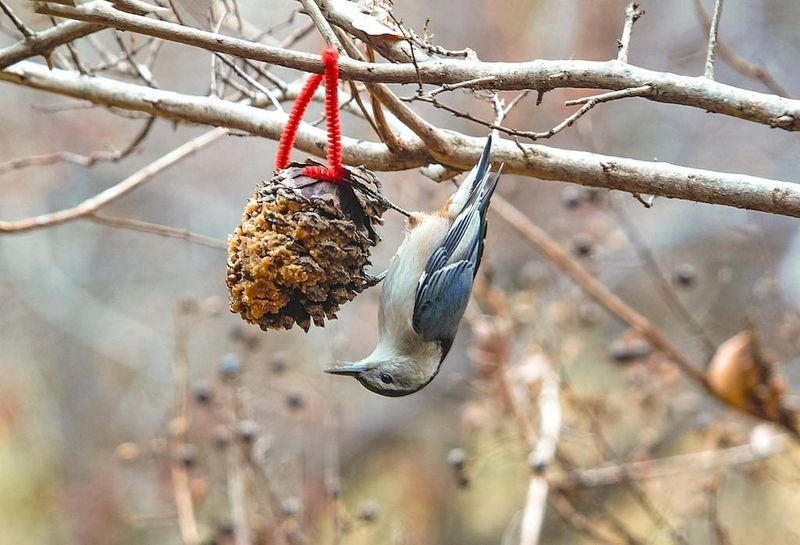
Forgotten in the back of your pantry? That jar of natural peanut butter makes perfect bird fuel. Woodpeckers, nuthatches, and chickadees go nuts for this protein-packed treat.
Smear it on pine cones or tree bark for an instant feeding station. Just ensure it’s unsalted and sugar-free – birds need the pure stuff without additives.
3. Fresh Oranges: Tangy Oriole Attractors
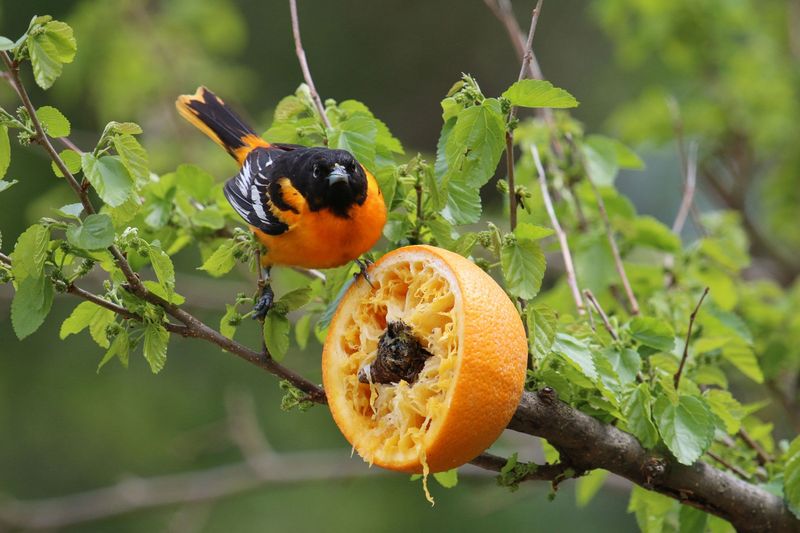
Sliced in half and skewered on a nail, bright oranges become irresistible beacons for orioles and tanagers. These vibrant birds possess a sweet tooth that draws them to the tangy fruit.
The brilliant orange color actually helps catch their eye from a distance. Replace halves every few days to keep them fresh and juicy for your colorful visitors.
4. Dried Mealworms: Protein-Packed Treats
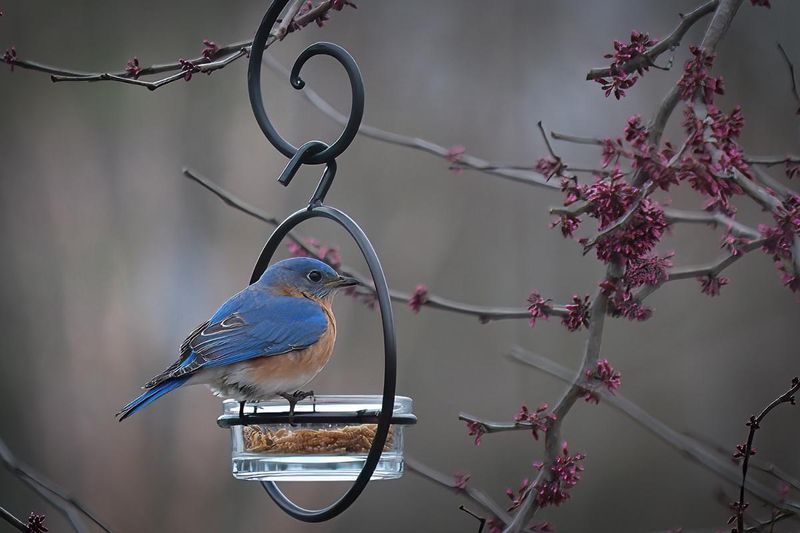
Squeamish about live insects? The dried version from grocery pet sections works wonders! Bluebirds, robins, and wrens will flock to these protein-rich morsels.
Soak them briefly in warm water to soften before serving. These treats simulate natural foraging behavior and provide essential nutrients during nesting season when birds need extra protein for their growing families.
5. Plain Cornmeal: Budget-Friendly Bird Food
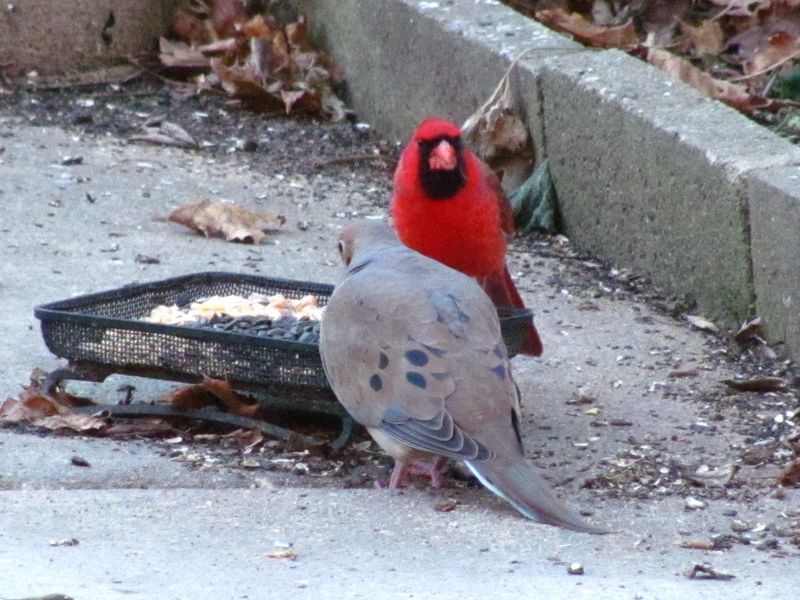
Yellow cornmeal sprinkled on the ground attracts ground-feeding species like doves, quail, and sparrows. This pantry staple costs pennies compared to specialized feeds.
Mix with a bit of flour to form a paste that can be molded onto branches. During winter months, this carbohydrate-rich option provides quick energy for birds needing to maintain their body temperature.
6. Grape Jelly: Sweet Nectar Alternative
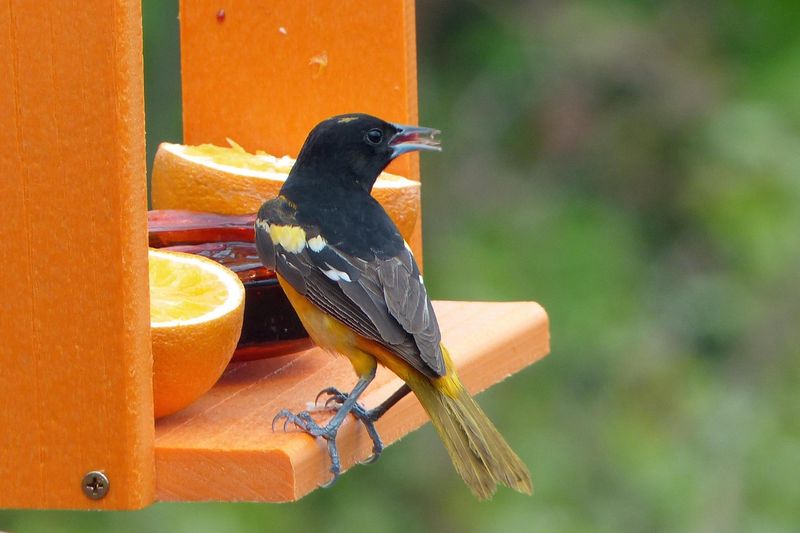
A spoonful of grape jelly in a shallow dish creates a purple beacon for orioles, catbirds, and tanagers. Unlike artificially colored nectars, this sweet treat contains natural fruit sugars.
Place small amounts in orange-colored dishes to maximize visibility. The sticky consistency keeps birds coming back repeatedly, giving you multiple opportunities to observe these colorful visitors up close.
7. Unsalted Nuts: Woodpecker Favorites
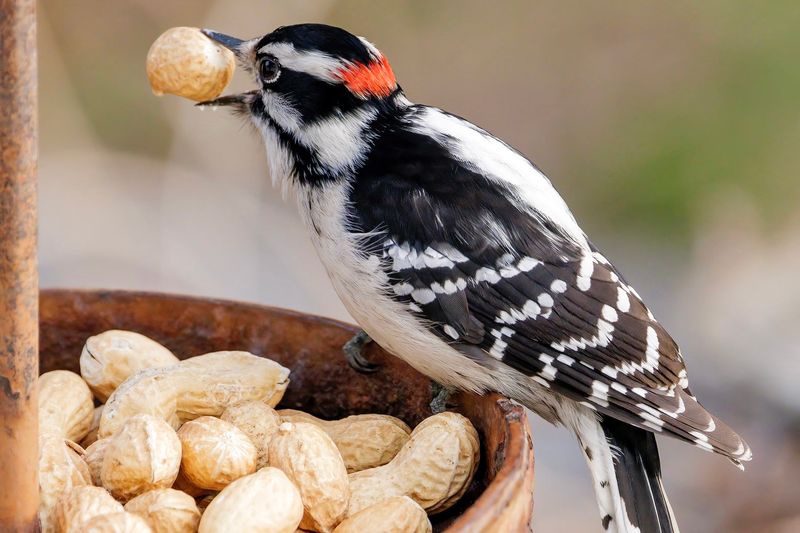
Raw, unsalted nuts from the baking aisle become treasure troves for larger birds. Jays, woodpeckers, and nuthatches will hammer away at these protein-packed nuggets for hours.
Walnuts, pecans, and almonds are particularly attractive options. The challenge of extracting the nutritious kernels keeps intelligent species engaged while providing essential fats and proteins needed for healthy feather development.
8. Dried Cranberries: Tart Berry Alternatives
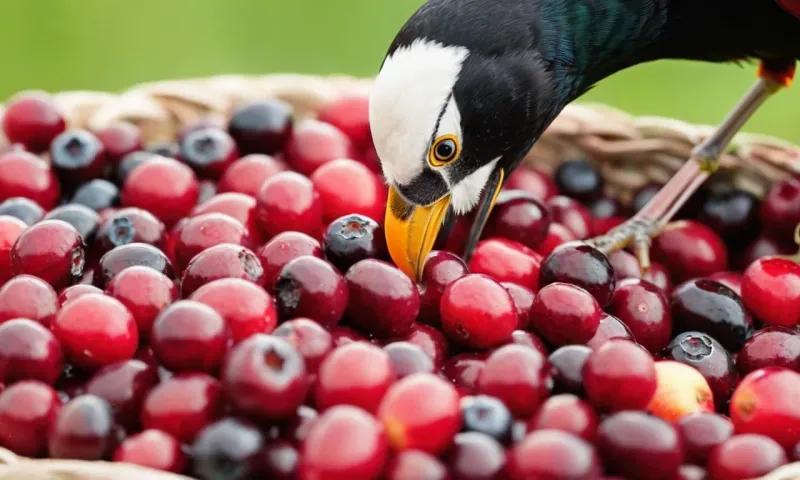
Forgotten holiday leftovers can find new purpose in your yard! Robins, waxwings, and bluebirds adore these tart morsels, especially when fresh berries are scarce.
Chop larger pieces for smaller birds or soak briefly to soften. The bright red color attracts fruit-loving species from impressive distances, making dried cranberries particularly effective during migration seasons when birds actively search for food sources.
9. Cooked Rice: Unexpected Bird Buffet
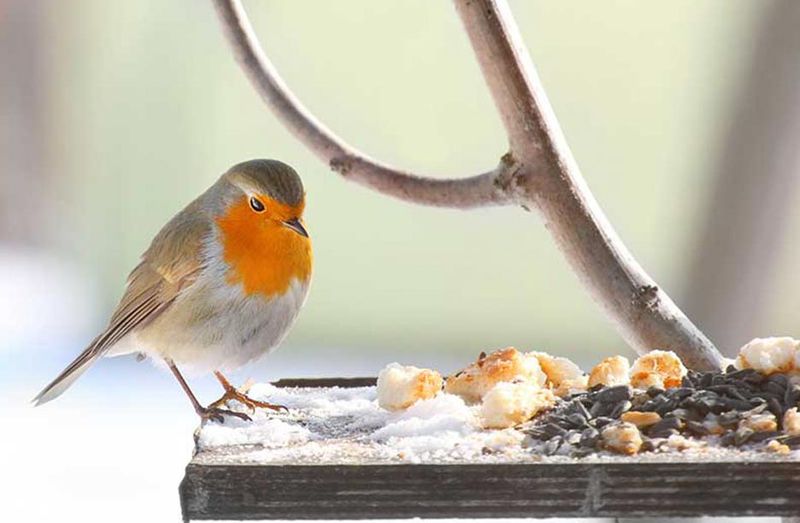
Last night’s plain leftover rice creates a feast for blackbirds, sparrows, and doves. White or brown varieties work equally well – just ensure it’s unseasoned and cooled completely.
Scatter small amounts near shrubs where birds feel protected while feeding. The starch provides quick energy, making cooked rice especially valuable during cold snaps when birds need readily available calories.
10. Melon Seeds: Hidden Grocery Gem
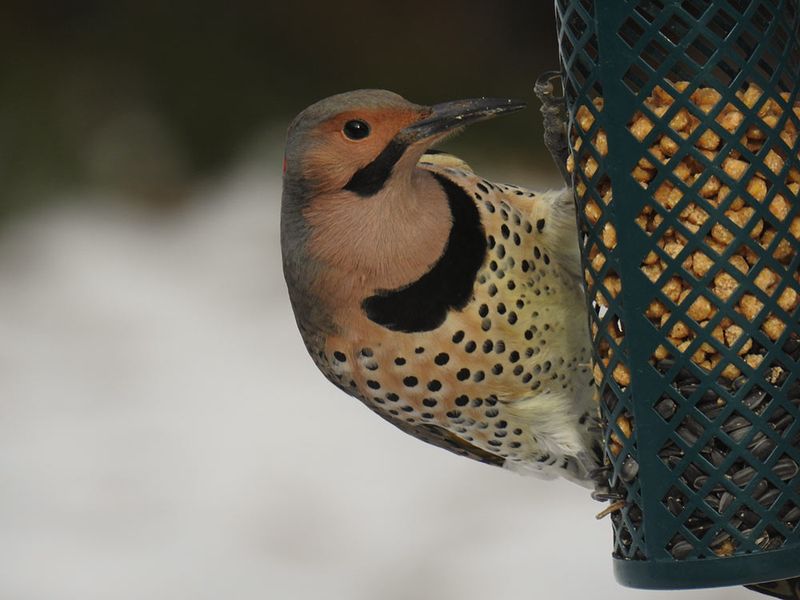
Before tossing that watermelon rind, harvest the seeds! Dried in a low oven, these nutritious tidbits attract finches, chickadees, and titmice with their high oil content.
The natural packaging makes them perfect for storing and using throughout seasons. Many birds that typically enjoy sunflower seeds will readily accept these alternatives, giving you a free feeding option from fruit you’re already enjoying.
11. Coconut Halves: Tropical Bird Buffets
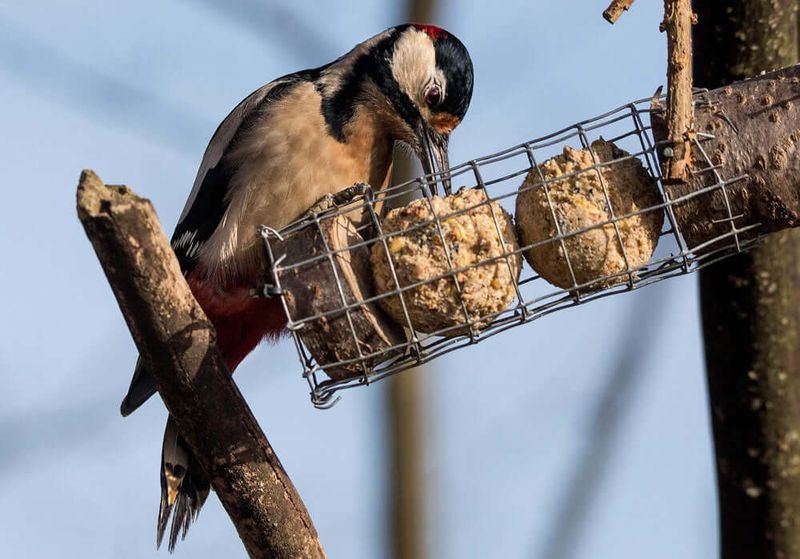
Empty coconut shells transform into charming natural feeders that woodpeckers and chickadees love exploring. The fibrous interior provides both food and nesting material.
Fill with peanut butter or suet mixtures for added attraction. Hang these distinctive feeders at different heights to accommodate various species, creating a multi-level dining experience that minimizes competition among your feathered visitors.
12. Apple Slices: Fruity Winter Offerings
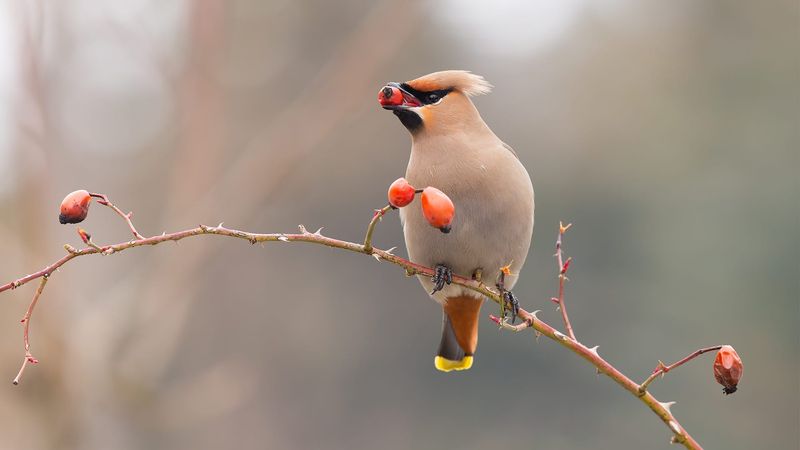
Past-their-prime apples find new purpose when sliced and impaled on branches. Cedar waxwings, mockingbirds, and orioles flock to these sweet treats during winter months.
The fruit flesh provides both hydration and sugars. As an added bonus, overwintering butterflies and beneficial insects may also visit these fruity stations, creating a diverse backyard ecosystem that supports multiple wildlife species.
13. Stale Bread Crumbs: Classic Bird Offerings
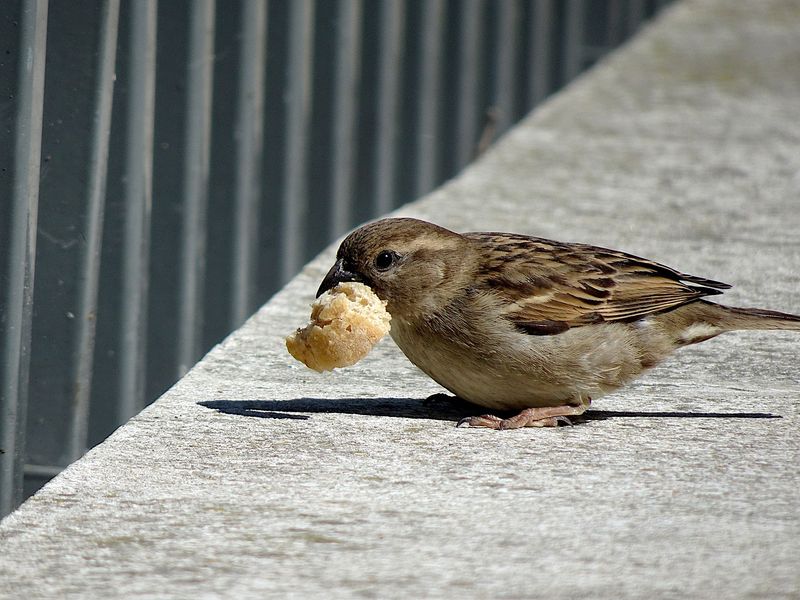
Contrary to popular myths, small amounts of stale bread provide perfectly acceptable occasional treats. Sparrows, juncos, and mourning doves happily clean up these carbohydrate-rich morsels.
Lightly toast and crumble for easier digestion. Moderation remains key – bread should complement rather than replace natural foods in bird diets, serving as an occasional supplement rather than a dietary staple.
14. Pasta: Unexpected Avian Delight
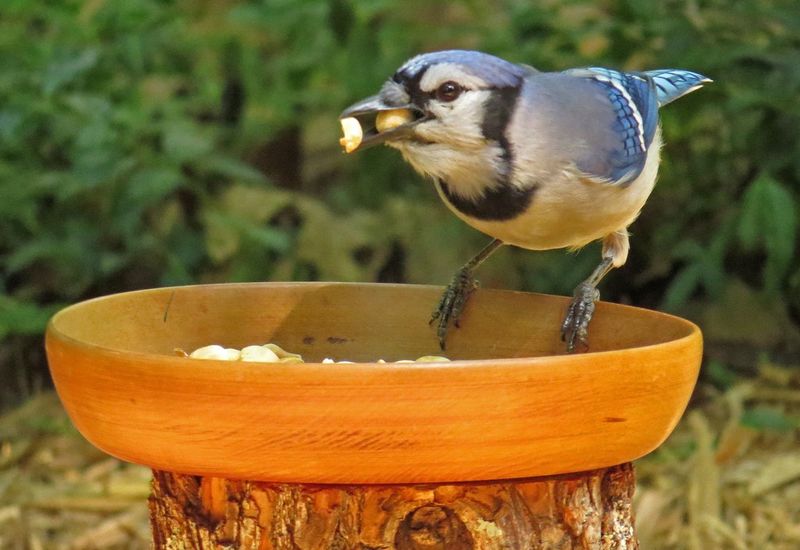
Plain cooked pasta, cooled and chopped, creates an unusual but appreciated offering. Jays, starlings, and grackles particularly enjoy these starchy treats during cold weather.
The versatile shapes intrigue curious birds. Whole wheat varieties offer more nutrition than white pasta, making them a better option for supporting healthy bird populations that visit your feeding stations regularly.
15. Oatmeal: Morning Meal For Birds Too
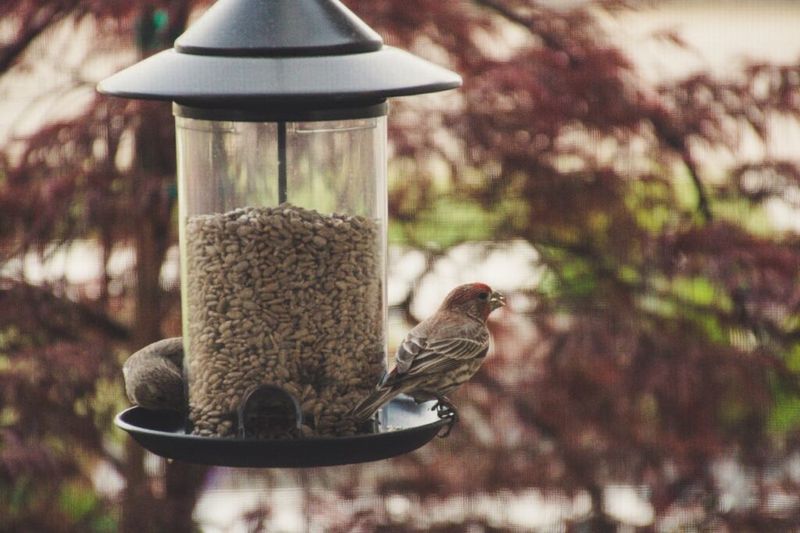
Uncooked rolled oats scattered on the ground attract ground-feeding species like doves, sparrows, and juncos. This breakfast staple provides excellent nutrition without breaking your budget.
Avoid instant varieties containing sugar or flavoring. During spring nesting season, this easy-to-digest food becomes particularly valuable for parent birds feeding growing families, providing quick energy for their constant feeding trips.


